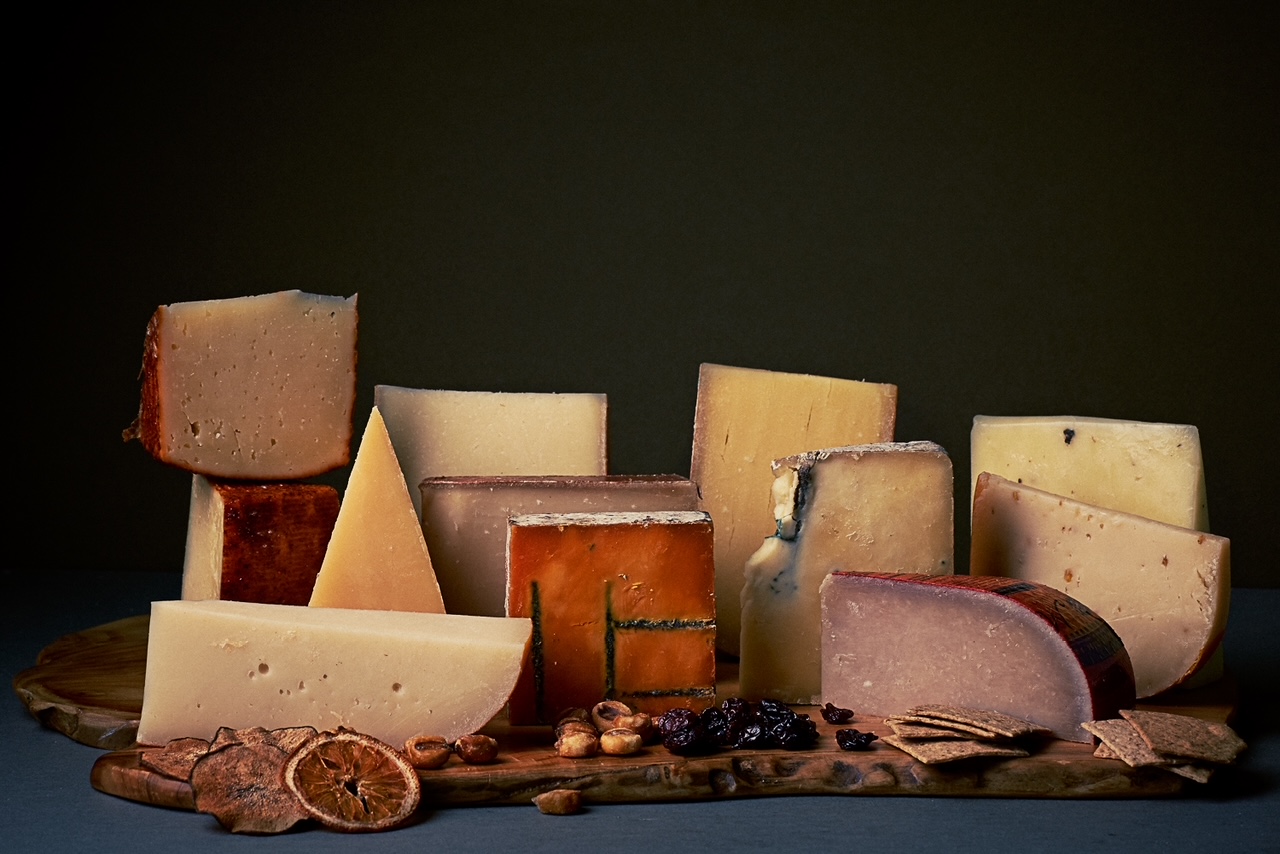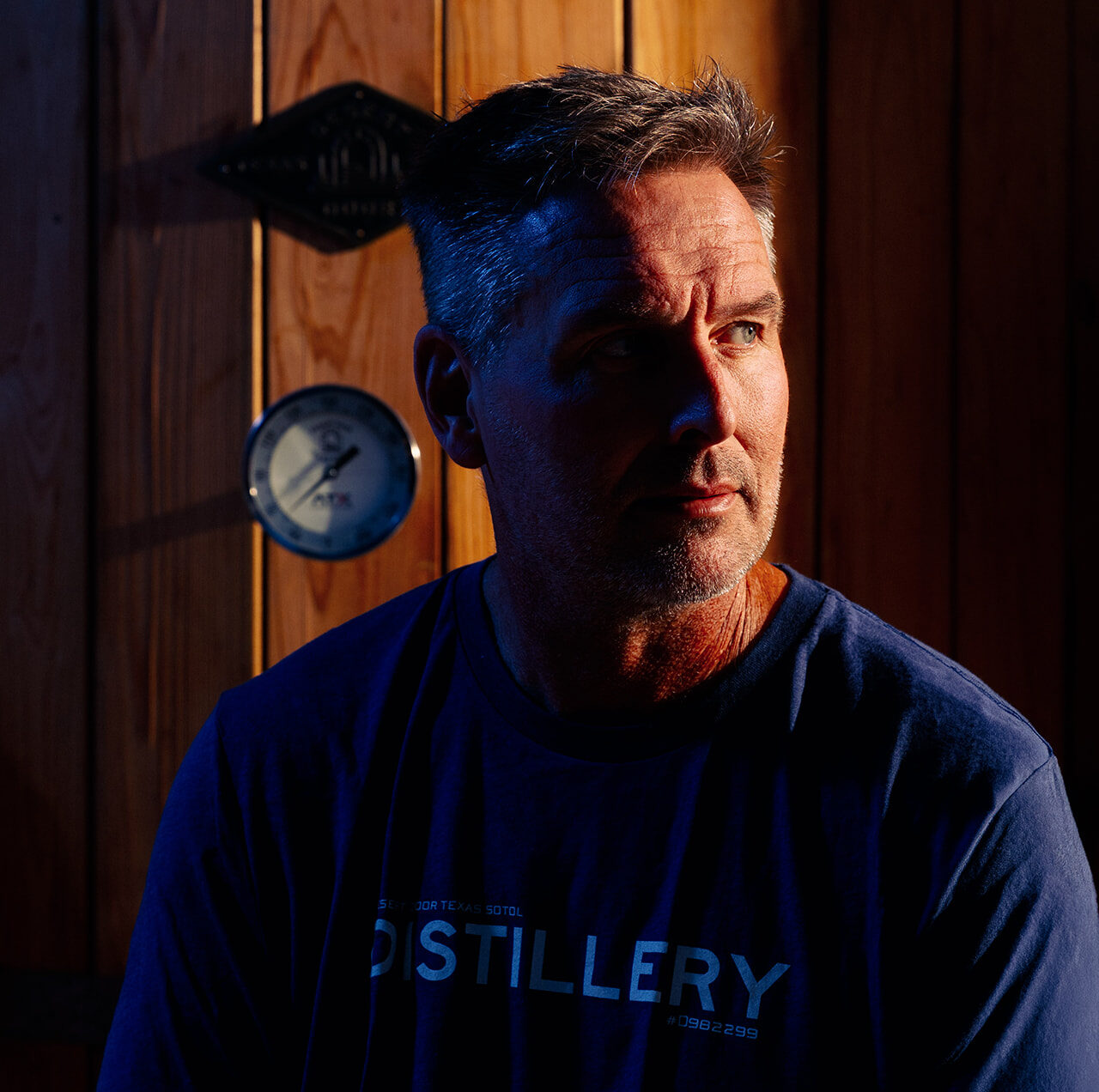
If there’s one lesson to be learned from Cave Hill Cemetery in Louisville, Kentucky, it’s that life can spring forth from the unlikeliest of places. For the team at Cave Hill, honey was the sweet yet unexpected byproduct of a well-maintained and deeply cherished community landmark.
Cave Hill Heritage Foundation Manager Michael Higgs describes Cave Hill as an outdoor museum – a permanent recording of Louisville’s history. Founded in 1848, Cave Hill, he said, is a rural garden-style cemetery. To date, over 40,000 people have been buried there, including legendary boxer and humanitarian Muhammed Ali, civil rights activist and Kentucky State Senator Georgia Powers and Kentucky Fried Chicken founder Colonel Harland Sanders.

The goal at Cave Hill centers around preservation. “Once a name is not spoken any further, that person’s permanently forgotten. So if we can keep names alive and visible and talk about people through our programs and tours and curate those stories, then we can keep memories alive and we can keep history moving forward,” said Higgs.
Preservation took on a new meaning with the inception of Cave Hill Heritage Foundation’s honey program, which began with a question posed by independent beekeeper Rodolfo Bernal: Would city bees produce more honey than country bees? Bernal approached the cemetery to ask if he could use its grounds to test his theory. The result was copious amounts of remarkable honey.

In 2017, Cave Hill partnered with Bernal, and arborist Roger Martin took over the beekeeping project for the Heritage Foundation. Today, Martin continues tending to the bees and managing the agricultural environment. Cave Hill Cemetery is home to seven hives, and its honey has even brought home a first-prize blue ribbon from the Kentucky State Fair.
While Higgs attributes the quality of the honey solely to the bees, the cemetery’s location and commitment to protecting the bees enable the hives to thrive.

Mitigating risks to the bees is the top priority; pest management is key, as are keeping the hives clean and providing myriad flower sources, allowing the bees to pollinate primarily within the cemetery.
To some, the connection between a cemetery and beekeeping may seem disparate, but not to Higgs: “Just like we have wrapped ourselves around the preservation of monuments, art and history, we can wrap ourselves around the stewardship of the environment through beekeeping.”
NEXT ON THE DISH








